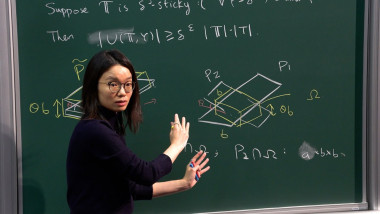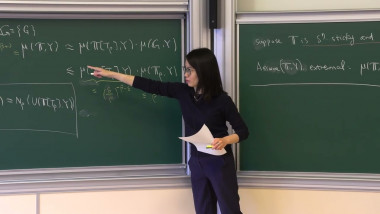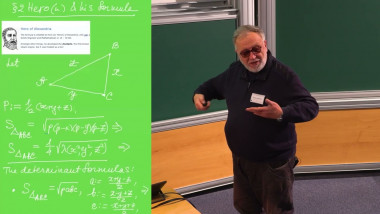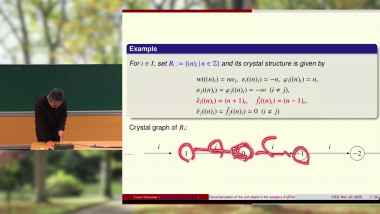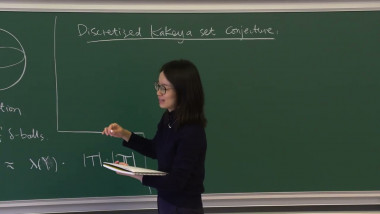Horn’s problem and projection of orbital measures
Appears in collection : Symmetry in Geometry and Analysis
Let $A$ and $B$ be $n\times n$ Hermitian matrices. Assume that the eigenvalues $\alpha_1, \dots , \alpha_n$ of $A$ are known, as well as the eigenvalues $\beta_1, \dots , \beta_n$ of $B$. What can be said about the eigenvalues of the sum $C = A + B$ ? This is Horn’s problem. The set of matrices $X$ with spectrum $\{\alpha_1, \dots , \alpha_n}$ is an orbit $\mathcal O_\alpha$ for the action of the unitary group $U(n)$ on the space of $n \times n$ Hermitian matrices. Assume that the random matrix $X$ is uniformly distributed on $\mathcal O_\alpha$, and, independently, the random matrix $Y$ is uniformly distributed on $\mathcal O_\beta$. The probabilistic Horn’s problem is to determine the joint distribution of the eigenvalues of the sum $Z = X + Y$ . This joint distribution involves the projection of orbital measures on the subspace of diagonal matrices. It is also related to the Littlewood-Richardson coefficients.











